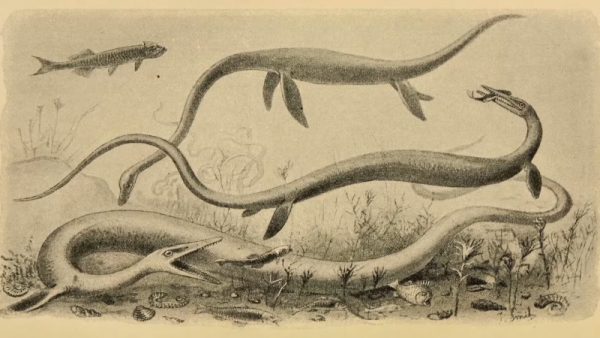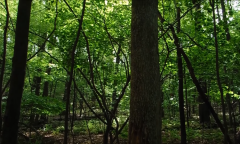By KM Diaz, | April 21, 2017

The researchers and other conservationists said that it is essential to preserve the ecological processes to avoid the sixth mass extinction.
A new study aims to save the Earth from sixth mass extinction through conservation of the lands and how much effort is needed to be protected.
The research was conducted by the multidisciplinary team of scientists to know the extent of the protected area around the world, regional ecosystem types (ecoregions), and land cover changes. The goal of the study is to find out if half of the world is protected. The study published in the journal BioScience.
Like Us on Facebook
Approximately 50 percent of the Earth's land areas need to be preserved for the proper functioning of an ecosystem. The survivals of animals, plants, as well as humans depend on that ecosystem. The concept "Nature Needs Half" has embraced by the conservation science community.
To evaluate how the Earth's reacted to that 50 percent, the researchers surveyed the health condition of major ecoregions and their protection statuses. The researchers assigned four categories to further elaborate the study.
"Nature Could Reach Half" if the ecoregions have less than 50 percent protection but could achieve that mark with extra conservation efforts; "Half Protected" if the ecoregions have more than 50 percent of protection; "Nature Could Recover" if the ecoregions that have between 20 to 50 percent protection that needs restoration to achieve 50 percent; and "Nature Imperiled" if the ecoregions only have 20 percent of protected land and natural habitat.
Of the 846 ecoregions around the Earth's 14 biomes, Nature Could Reach Half has 37 percent, 12 percent for Half Protected, 27 percent for Nature Could Recover, and 24 percent for Nature Imperiled. Researchers said that the results have good and bad news.
The good news is, almost 100 of the Earth's ecoregions are Half Protected, and Nature Could Reach Half is close to reaching 50 percent. According to the author of the study, Eric Dinerstein, 98 ecoregions with at least 50 percent protected is already a success, and another 40 are close to the target that needs a small effort to boost them.
However, Dinerstein also said that 207 ecoregions are regarded to be Nature Imperiled. These poorly protected areas are Biodiversity Hotspots - home of the diverse crowds of animals and plants. The regions are highly threatened, and the average of the protected habitat outside is only 4 percent.
Ecological resurrection is needed to protect the unprotected regions. The tropical dry forest biomes are the most endangered which comprises the most Nature Imperiled ecoregions. Tropical dry forests are often found in places like Southern India. It provides habitat for endangered wildlife including elephants, tigers, and dholes. The dry forests of northern Madagascar, on the other hand, have been forested, and the endemic lemurs were threatened with extinction.
The current rate of land under official protection raises 4 percent every decade, and to achieve 50 percent protection by 2050, the rates should be doubled to 8 percent. Dinerstein suggests that we need to save the remaining remnants in the short term, and a massive restoration for next 30 years. The efforts should be focused in Nature Imperiled ecoregions since they are the Earth's most biodiverse areas.
The researchers and other conservationists said that it is essential to preserve the ecological processes to avoid the sixth mass extinction.
-
Use of Coronavirus Pandemic Drones Raises Privacy Concerns: Drones Spread Fear, Local Officials Say

-
Coronavirus Hampers The Delivery Of Lockheed Martin F-35 Stealth Fighters For 2020

-
Instagram Speeds Up Plans to Add Account Memorialization Feature Due to COVID-19 Deaths

-
NASA: Perseverance Plans to Bring 'Mars Rock' to Earth in 2031

-
600 Dead And 3,000 In The Hospital as Iranians Believed Drinking High-Concentrations of Alcohol Can Cure The Coronavirus

-
600 Dead And 3,000 In The Hospital as Iranians Believed Drinking High-Concentrations of Alcohol Can Cure The Coronavirus

-
COVID-19: Doctors, Nurses Use Virtual Reality to Learn New Skills in Treating Coronavirus Patients









